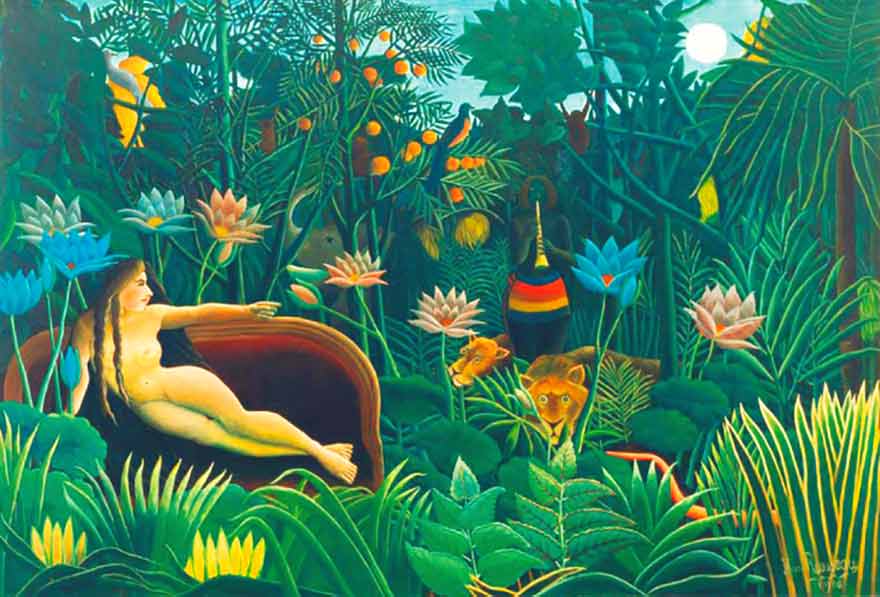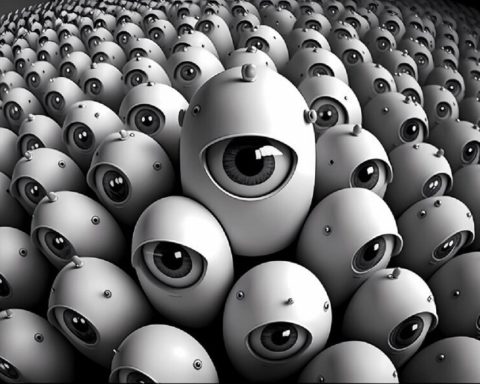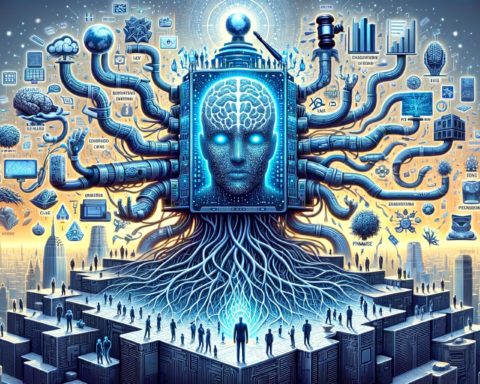Information of a different nature
Homo sapiens is an information specialist...
The role of memes
READ UP : Researchers create a 3D map of the brain to visualize how we understand language


READ UP : Researchers create a 3D map of the brain to visualize how we understand language





Already registered? I'm connecting
Register and read three articles for free. Subscribe to our newsletter to keep up to date with the latest news.
→ Register for free to continue reading.

You have received 3 free articles to discover UP'.





